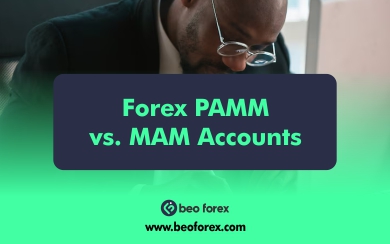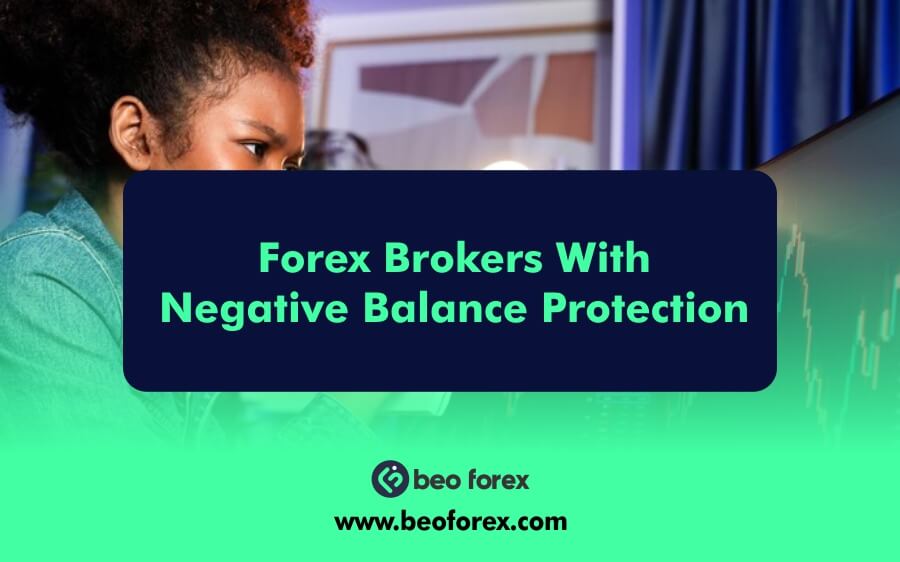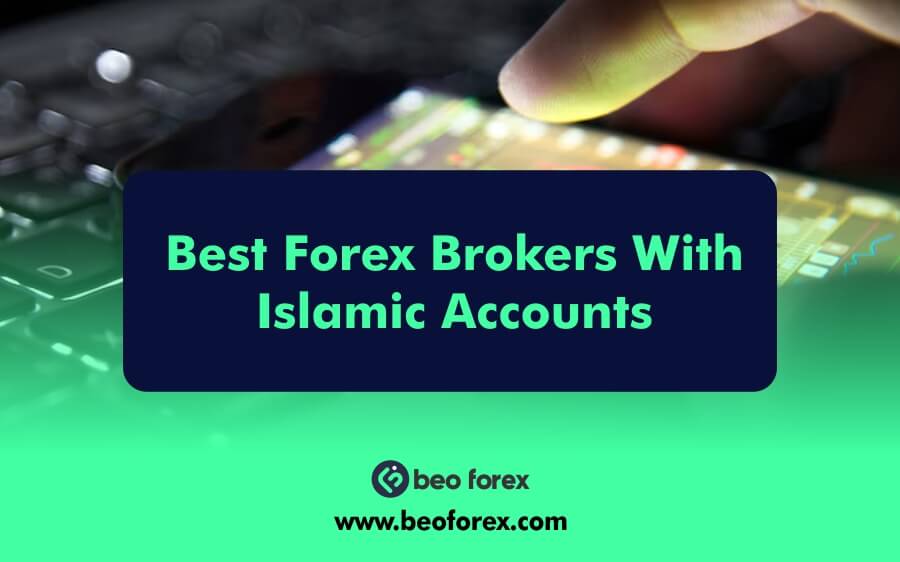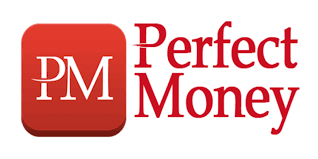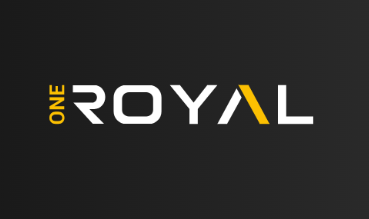Forex PAMM vs MAM accounts are ideal for advanced investors: Key Differences and Benefits are essential considerations for investors looking to optimize their trading experience. As forex trading evolves, strategies like PAMM vs MAM accounts have become popular choices for both novice and experienced traders. While both account types have their exclusive advantages in managing pooled investments, they meet different needs and preferences. A better understanding of the key differences and benefits that come along with PAMM vs MAM accounts will help an investor make a correct choice. Such a choice would let investors realize a greater profit potential route to attaining their set investment goals. Below, we will take a closer look at forex PAMM vs MAM accounts; let’s examine forex PAMM vs MAM accounts special features and determine which one might best suit your trading strategy.
What is a PAMM Account?
A PAMM (Percentage Allocation Management Module) account is a type of forex account where a client allows an investor to allocate their funds to a trader or money manager. In a multi-investor setting, he manages the pooled funds and executes trades as he wills, based on his trading strategy. Profits and losses are divided proportionally, depending on each investor’s contribution to the account. This is because PAMM accounts are ideal for passive investors who want to benefit from professional trading expertise without managing their investments actively.
What is MAM Account?
The MAM account is a flexible, customized system of account management designed for professional traders with multiple client accounts. In PAMM accounts, funds are consolidated, but with MAM accounts, managers can execute trades individually for each investor, allowing for personalized settings like risk level and trading size. MAM accounts are ideal for advanced investors seeking more control while still benefiting from professional management.
Key Differences Between PAMM and MAM Accounts
1. Management Structure
- PAMM Accounts: The money of all investors is aggregated and managed within one account by a trader. This trader executes trading on behalf of all the investors, and the performance is shared in proportion with every investor, based on his contribution to it.
- MAM Accounts: These allow individual accounts for each investor. The money manager can execute trades across multiple accounts simultaneously, although each account setting remains independent for every client. In addition, this setup provides more flexibility in managing various investment strategies.
2. Investor Control
- PAMM accounts: If you are an investor in PAMM accounts, you cannot have as much control over your investments. You are not able to modify each trade or your risk parameters but merely distribute funds and observe general performance.
- MAM Accounts: Those who use MAM accounts have far more flexibility and personalization in their trading. Investors can set their own risk parameters by choosing trade sizes or stating how much of their capital is to be allocated to each trade to give them more personalized investments.
3. Fee Structures
- PAMM accounts: There are, more often than not, PAMM accounts for which management fees depend on the overall amount of funds under their control. In addition, there are performance fees, which constitute profits. Their fee structures are rather simple and usually differ only depending on the manager.
- MAM Accounts: The fee structure for a MAM account can be very complex since it could either be performance or management-based, and sometimes even other variables. This can provide different costs for various investors depending on how well or poorly their accounts perform.
4. Profit Distribution
- PAMM Accounts: The profits and losses are distributed automatically, depending on the percentage of each investor’s contribution to the total account. This means, in case of success of an account, everybody gets a profit in proportion.
- MAM Accounts: Profits and losses will be distributed among investors of the MAM accounts, each according to his own settings and preferences he has chosen to allocate them. This allows a tailored approach to profit sharing that may, therefore, take into consideration the various risk appetites of its investors and the goals within such investment portfolios.
5. Risk Management
- PAMM Accounts: In PAMM accounts, the main role of risk management lies with the trader. In return, investors rely on the strategy and skill of the trader in implementing efficient risk management across the pooled account.
- MAM Accounts: MAM accounts offer increased flexibility in terms of risk management. This is because investors can set up their own risk profiles. Investors can then change settings to best suit their risk tolerance and trading preferences for a more tailored approach to risk.
Benefits of PAMM Accounts
Ease of Investment
PAMM accounts simplify investment for even the not-so-experienced trader. From an investor’s point of view, it is easy to invest money with a skilled trader without actually having to trade himself. This will also enable the inexperienced investor in forex trading to get into this market and earn returns with minimal hassle.
Transparency in Performance Tracking
In PAMM accounts, performance tracking is clearly transparent. Most providers offer online platforms where investors can track their accounts in real-time, review trading history, and assess the trader’s performance. This transparency builds trust and helps investors make informed decisions.
Suitable for Passive Investors
PAMM accounts are ideal for passive investors who want to avoid the complexities of trading. They enable investors to leverage professional strategies without daily trading or market analysis, providing a hands-off approach with potential returns managed by experienced traders.
Benefits of MAM Accounts
Flexibility in Account Management
MAM accounts also allow for flexibility in the management of investments. The trader can execute trades across many accounts but maintains different parameters on each investor’s account. In effect, it allows for different investment approaches, depending on individual client preference. This thereby does not sacrifice efficiency in execution while tending to the needs and goals of every investor.
Individualization of Trading Strategies in Separate Accounts
MAM accounts offer unique flexibility, allowing investors to tailor trading strategies to their preferences by setting risk profiles, choosing instruments, and adjusting trade sizes. This personalization helps align strategies with their financial goals and risk tolerance.
Better Choices of Management Risks for Diverse Portfolios
Diverse investors can operate MAM accounts since the risk management functions are enhanced. Each account has different settings, allowing traders to run tailored strategies for clients and manage risks effectively. This provides better control over market volatility and a customized approach to meet investor needs, potentially improving portfolio management and returns.
Choosing Between PAMM and MAM Accounts
When choosing between PAMM and MAM accounts, investors should consider important factors that align with their investment objectives, risk tolerance, and desired level of control and flexibility. To be more specific, here are the most essential considerations:
Factors To Considerations
- Investment Goals: PAMM accounts will suit you best if you are the investor who seeks a really hands-off investment approach and less complexity. In case one is seeking to have more control and tailoring of the investment to suit his needs, then MAM will be an ideal choice.
- Risk Tolerance: Risk Appetite Assessment: Investors have less control with PAMM accounts since, with them, the levels of risk are evenly distributed among all investors; while in MAM, tailored-made risk management strategies can be possible, adaptable to each individual’s need.
- Level of Involvement: Consider how actively you want to be involved with your investments. PAMM accounts suit passive investors looking to understand professional traders’ strategies, while MAM accounts appeal to those wanting to take a more active role in managing their investments.
- Investment Knowledge and Experience: While PAMM accounts would be easier for newer investors, as it requires lesser knowledge concerning trading strategies, experienced investors with detailed knowledge concerning markets would favor the flexibility and customization options available with MAM accounts.
Frequently Asked Questions (FAQs)
What is the biggest benefit of a PAMM account?
- The largest benefit of a PAMM account is simplicity. Investors may benefit from the professional expertise of traders while not being involved in trade management. It’s easy for investors to distribute funds in the name of a good trader and enjoy returns while sitting on something more important.
How does a MAM account provide more control to investors?
- With a MAM account, the investor has bigger control, allowing each investor to set up his own trading settings. That is to say, each of them can set their own risk parameters, choose certain trade sizes, and determine how much capital they want to commit in each trade. This makes such personalization at such a level permit investors to fit their strategies closer to their investment goals.
Is there a minimum investment requirement in PAMM and MAM accounts?
- Minimum investment requirements can indeed also be applied to both PAMM and MAM accounts. This, too, depends on the provider of such services. The minimums in PAMM accounts could be relatively lower than those in MAM accounts, since the latter entails more customization and thus may require a higher initial investment. It is at the investor’s discretion to find out from his or her provider what minimums are.
Based on what do the PAMM and MAM account managers make trading decisions?
- Most managers who deal in PAMM and MAM accounts use a combination of technical analysis, fundamental analysis, and personal trading experience to make decisions. They plan strategies according to market conditions, trends, and their philosophy in trading. In the MAM account, managers may consider specific preferences and risk profiles of investors in order to suitably adapt all sorts of approaches toward trade.

